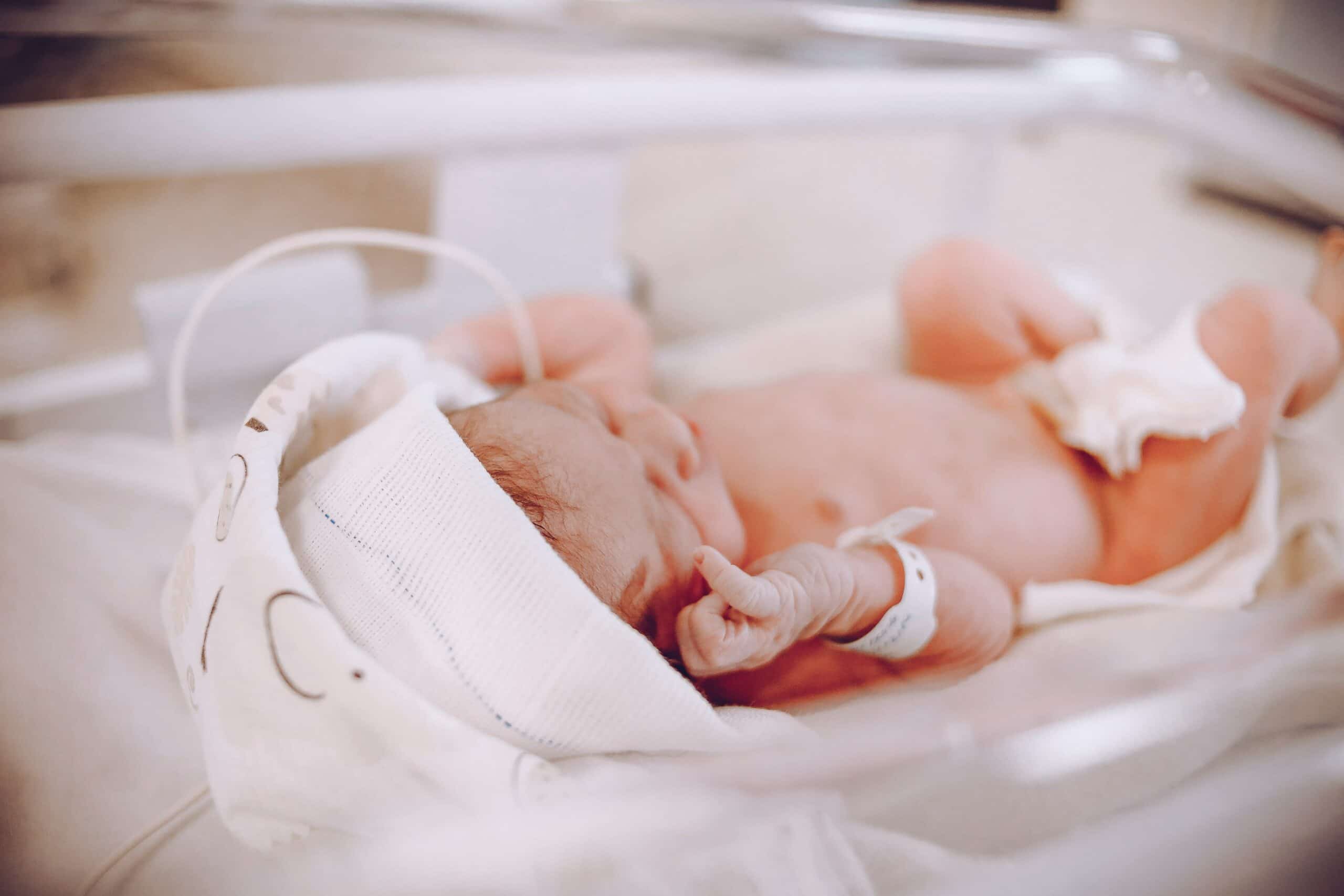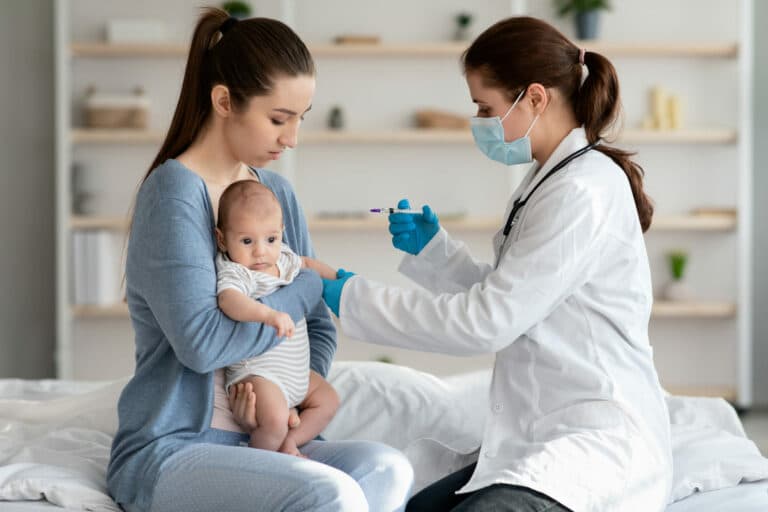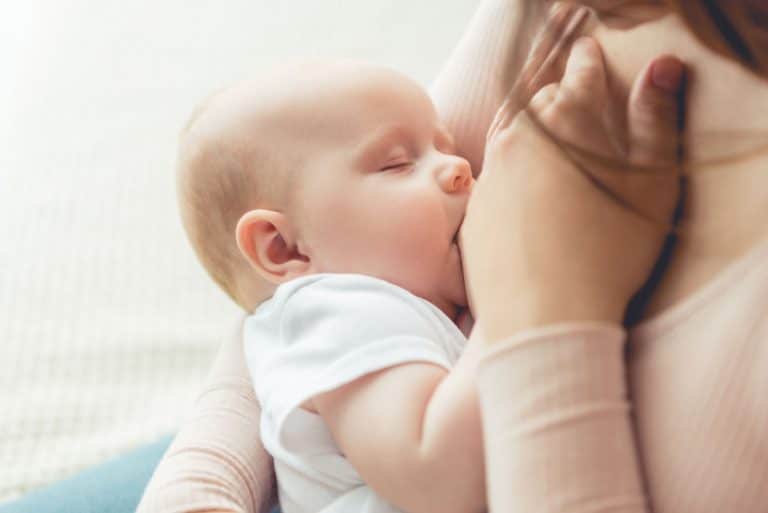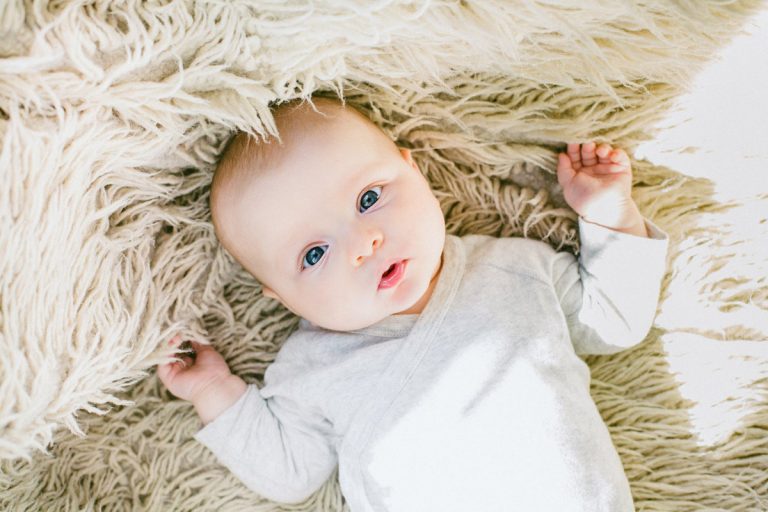Bones play a crucial role in the development of a newborn baby. A baby’s skeleton starts to form before they are even born and continues to grow and develop throughout the first year of life. Baby’s bone growth occurs rapidly during the first year. The baby’s skull is only made up of about 20 bones, but as these grow and develop they eventually fuse to become one single bone (the cranium).
The baby’s bones begin to form prior to birth by a process called ossification which binds the cartilage together. As we age, our bodies add layers to the bones. A newborn baby is born with 300 bones, but this number will decrease as they grow older.
Baby’s bones grow and develop similarly to the way our bones do. They start out as cartilage and then turn into bone while we are young and developing, and then eventually that bone ossified get (turns to stone) when we older. Each one has an important purpose, and it is essential for babies to have a strong and healthy skeleton. In this blog post, we will take a closer look at the bones in a newborn baby’s body.
How many bones with a baby born?
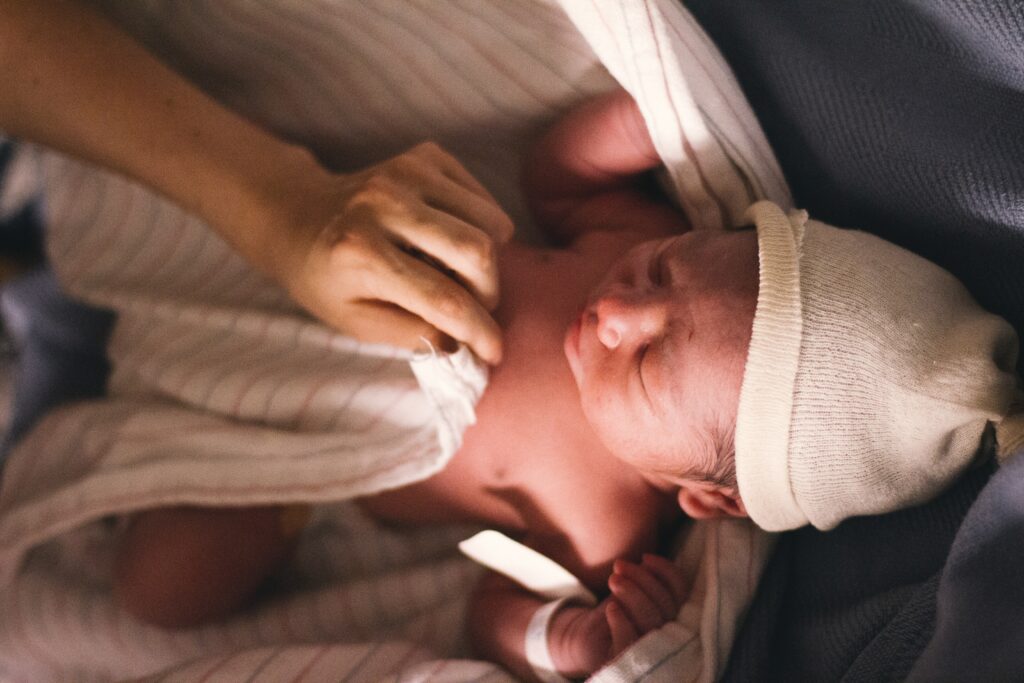
As we said above babies are born with 300 bones, which decreases to around 260 bones by adulthood. The human body consists mainly of soft bone tissue such as skin and muscles, but also contains various hard tissues which give it support. These include bones, cartilage, and teeth. The human skull, spine, ribs, sternum, and pelvis are all made up of bones. The Baby’s skull bones are not yet fused together and are composed of 14 bones. The 206 bones in our adult skeleton gradually fuse together as we develop with the help of calcium deposits.
Prenatal babies are covered in a soft layer called vernix caseosa, which helps protect them from the amniotic fluid. Babies born prematurely often lack this protective coating, and it may be their first experience of having something on their skin. Some people believe that vernix caseosa helps babies’ skin to become more resilient after birth by forming a protective layer, but this has not been proven scientifically.
The skeletal system forms the framework upon which you can grow to your full size. Each bone is attached to its neighbor by tough membranes called ligaments. The growth plates of newborn tissue between the bones are special material called cartilage. Although baby’s bones fuse together, the joints remain flexible to allow the spine and other bones to twist as the baby learns how to move. As people age, their bodies produce less of a protein called collagen that forms part of this fused skeletal frame. Without collagen, ligaments stretch over time and become looser as bones move apart from each other.
However, babies born with 300 bones and these eventually fuse together as they develop. When a baby’s spine begins to heal into a single column of bones, the fused section is called the vertebral column. The flexible cartilage at the end of each bone is called the growth plates and it continues to grow and add height in puberty. The ribs attach to the sternum via cartilage at their ends, and this helps them move as we grow older. As well as the process called remodeling that changes the baby’s head shape and this usually reabsorbs into the bloodstream over time. So, babies have a lot of soft material in their bodies, they have more bones than adults do when they are born.
Why babies are born with 300 bones?
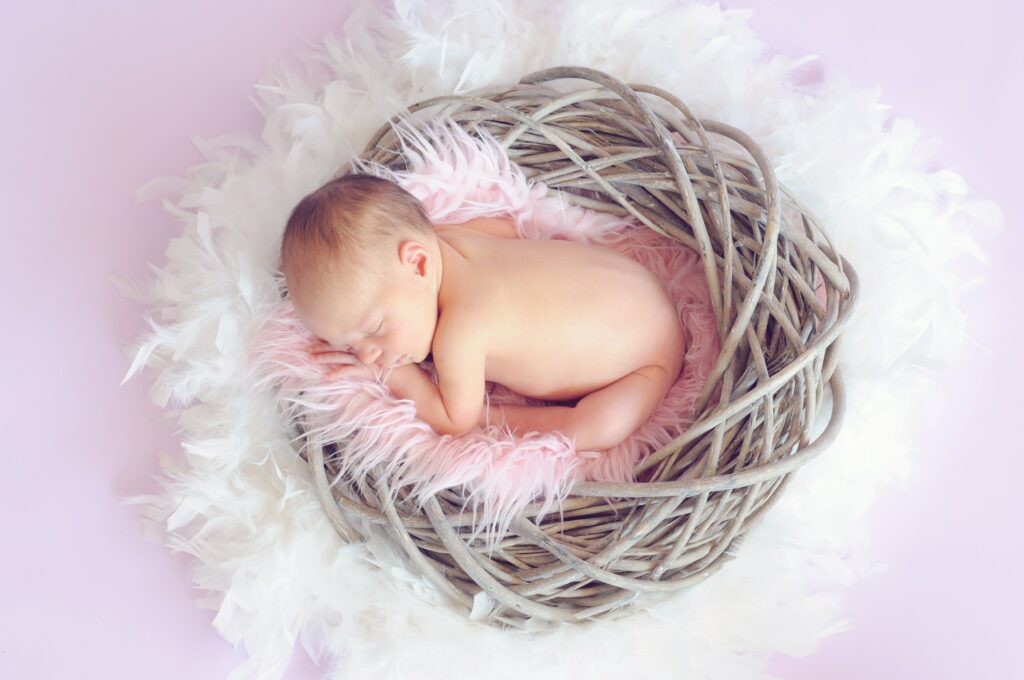
Generally, a baby’s bones are 300 because they were formed inside the mother’s body by the 22nd week of gestation. According to scientists, more bones are not needed before birth because they can cause a variety of problems in a newborn baby with a soft and undeveloped skeleton. It is acceptable at this age for a fetus to have around 300 bones, with some being soft cartilage or fibrous membranes that later ossify into bone. After the baby is born, some of these bones will fuse together to form larger adult bones.
Although for bone health Vitamin D should be taken, currently, there are no dietary recommendations for the overall number of daily bone-forming nutrients to take. According to professional medical advice, breast milk helps the bones of a suckling child to form and grow. The baby’s skull bones are soft and the fontanelles (the gaps between them) can bulge or sink in, depending on how hydrated the baby is.
Moreover, the bone mass of newborns is not yet fully developed. The bones do not become hard bones until the child reaches around 2 years of age. During birth, some of these bones are crushed and squeezed through the narrow membrane. Inside the mother’s uterus to form one or more canals where blood vessels will develop later on so that nutrients can be carried to the baby. As well as the soft spots on a baby’s head, other soft spots are seen on the body that later closes when the baby is much older.
Why do babies have more bones than adults?
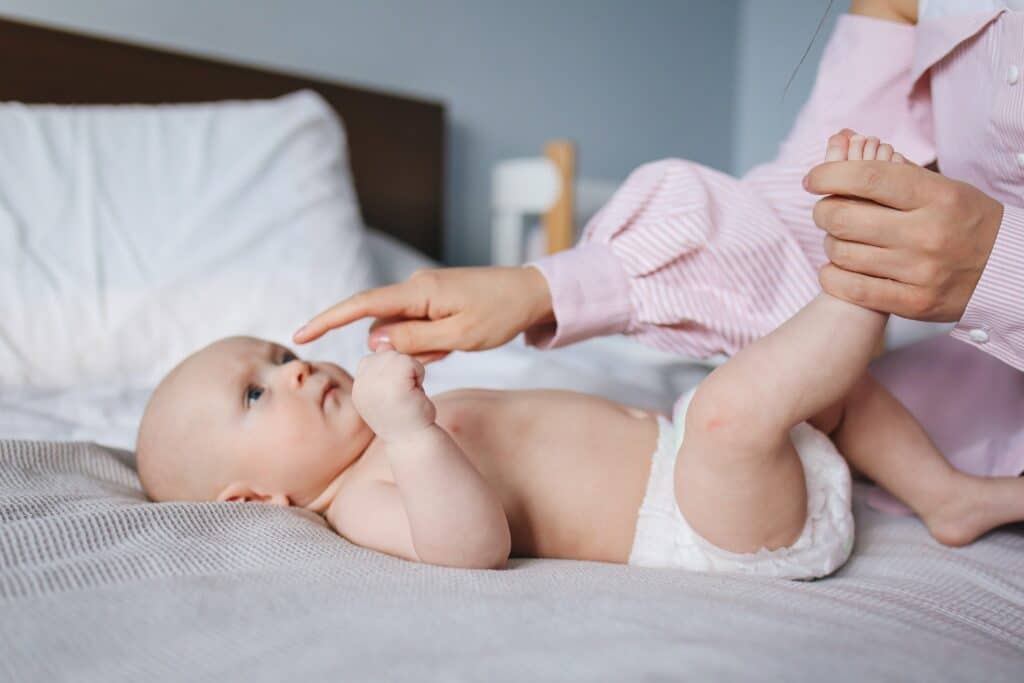
Babies have more bones because the bones are not yet fully developed. Some parts of each bone are made up of cartilage, which does not turn into the solid bone until the person gets older. As well as the new bone tissue that is developing, the other parts of bones like the outer coating (periosteum), and the inner “spongy” bone (endosteum) are also adding more bones to an infant’s body. The bones are gradually getting stronger and eventually harden into adult bones. Babies birth canal is also much smaller than the adults, so it is easier for a baby to come out of the mother with all those bones.
Furthermore, the growth plates of bone grow during childhood and are responsible for elongating the bones. It is a necessary part of bone development in children. As we know the bone marrow in the flat bones is surrounded by a thick membrane, called the periosteum. This membrane has got many blood vessels running through it and makes sure that the bone gets enough nutrients and oxygen to sustain itself. The other layer in between two layers of the membrane is called the endosteum; this layer provides the minerals for growing cells.
Similarly, when a baby grows the separate bones grow and form bones in the body. For bone marrow the white blood cells, red blood cells and platelets are developed in the lymph nodes. For a fully developed adult, there are a total of 206 bones in the body whereas for a newborn baby there can be 300-350 bones because their bones have not yet fully developed at the time of birth. As we go through life our bodies break down our bones and create new ones. Over time, our bones become weaker and more likely to break.
The newborn baby has a different number of bones than the adults because they are still developing. The process of development of human skeletons is called ossification or osteogenesis. Ossification begins with the formation of cartilage models which later will be transformed into hard bone tissue and the spinal cord and brain are formed from a thick layer of nerves cells called neuroepithelium.
Things we need to remember
Here are some facts about the bone growth we should know and they are:
- A Baby’s bones are made of cartilage and the birth canal is too small for a baby to pass through.
- The bones will start fusing together as they get older and body weight starts to increase.
- Child’s bones continue to grow in size and mass until they are about 20 to 25 years old.
- The bones in the skull will not fuse together but remain flexible allowing it not to snap when a baby is born and learning how to walk.
- The weight-bearing exercises during pregnancy help to get all the calcium needed a mom should need for bone development.
- If a mom is not eating well during pregnancy, there may be the chance of her baby’s bones becoming lighter and fragile.
- The outer surface of older bones is made up of denser and stronger bones.
- For women, menopause can affect the formation and development of bone mass when estrogen is no longer produced in the body.
- The posterior fontanelle and anterior fontanelle will close when a baby reaches five and 18 months respectively.
- Embryonic development is in a way that it can deal with its own body weight and muscle contractions.
The Conclusion
Therefore, a baby is born with 300 bones, which fuse to form 206 by the time they reach adulthood. This means that a newborn has more than twice as many bones in its body as an adult does. The human skeleton can be thought of like this, imagine if your arm was made up of two forearms and then you had another one for your elbow and wrist. That’s exactly how our skeletal system works. Babies are born with about 300 bones while adults only have 206 because some of them will eventually fuse together over time. Knowing how many bones we start off with helps us understand why babies often develop flat heads when they sleep on their backs or spend too much time lying down during infancy. Babies’ skulls are also thinner so their brains will continue growing into them. If you have any queries regarding the above context then feel free to reach us through a comment below.

